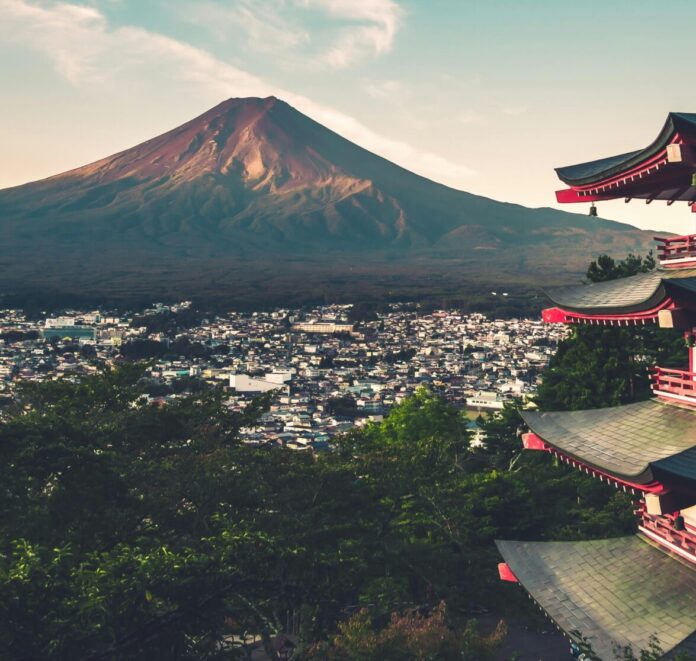So, you think you know Mount Fuji? Sure, it’s Japan’s highest peak and a stunning backdrop for countless photos. But this legendary mountain hides a few surprises up its snowy sleeve. Let’s take a look.
It’s a Mountain Made of Mountains
While appearing as a single, majestic peak, Mount Fuji is actually a trio of volcanoes layered on top of each other! The oldest layer, Komitake, formed around 700,000 years ago. Ko Fuji (Old Fuji) emerged around 100,000 years later, and finally, the most recognizable peak, Shin Fuji (New Fuji), began forming roughly 11,000 years ago.
“Warrior Training” History
In the Edo period (1603-1868), Fujiko sects—religious groups devoted to the worship of Mount Fuji—believed that practicing asceticism on the mountain would bring spiritual enlightenment. Samurai and other warriors would join these sects to engage in rigorous training exercises. This included long, meditative walks and climbs up the mountain, often under harsh conditions.
Women Weren’t Always Welcome
For centuries, women were forbidden from climbing Mount Fuji due to cultural beliefs. This ban wasn’t lifted until 1872. However, history records a daring exception. Tatsu Takayama, a young woman disguised as a man, successfully climbed the mountain in 1832, defying the social norms of her time.












